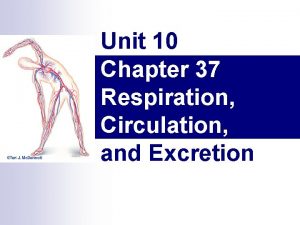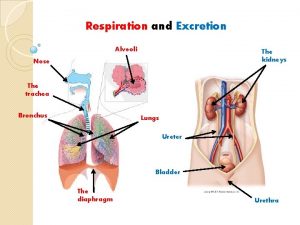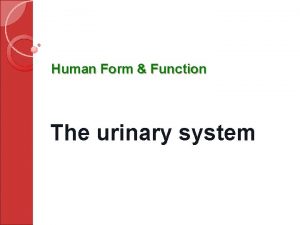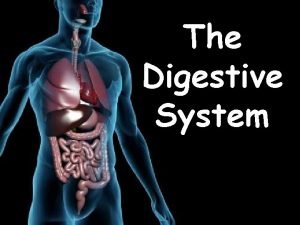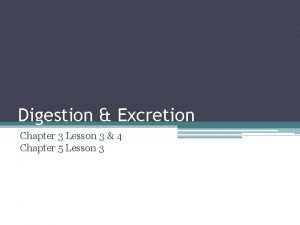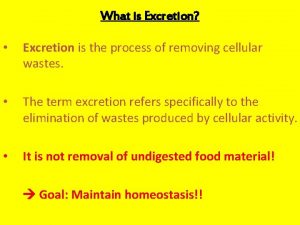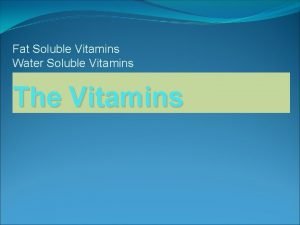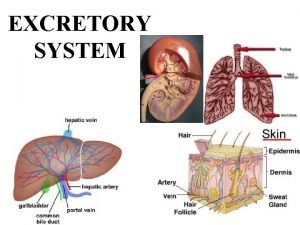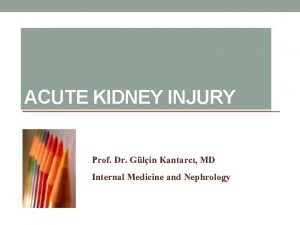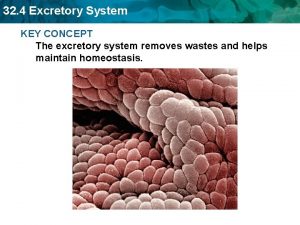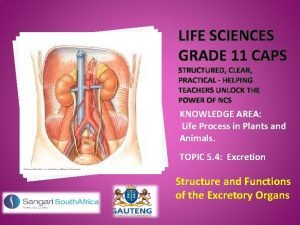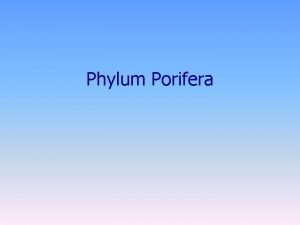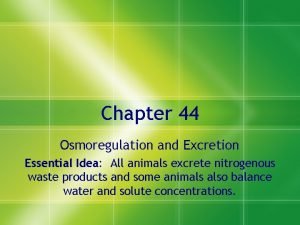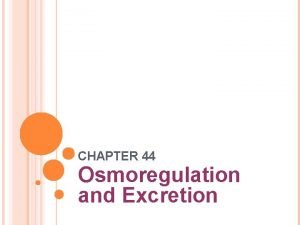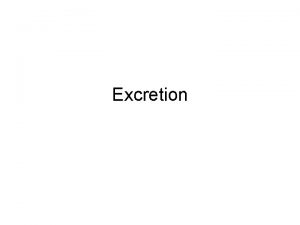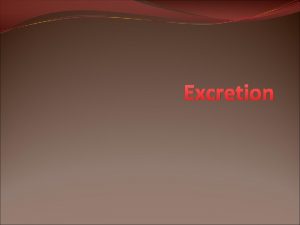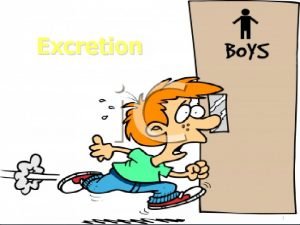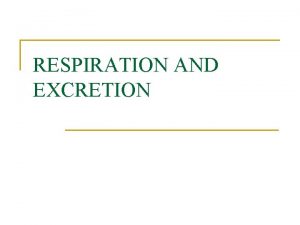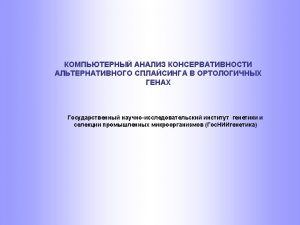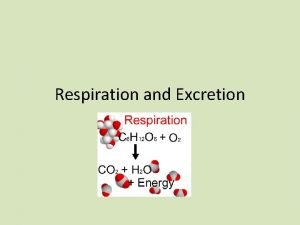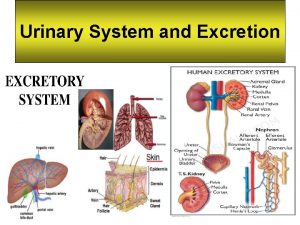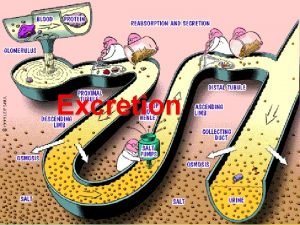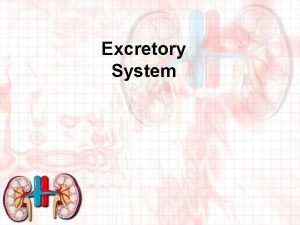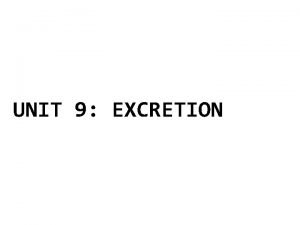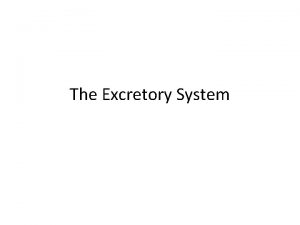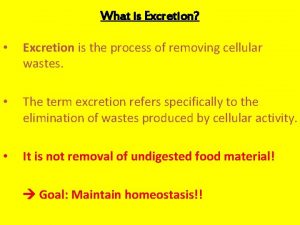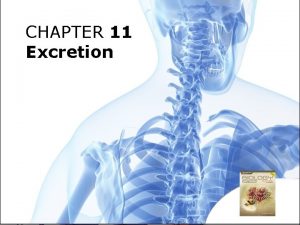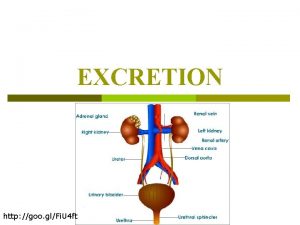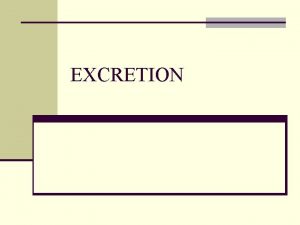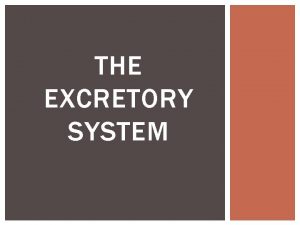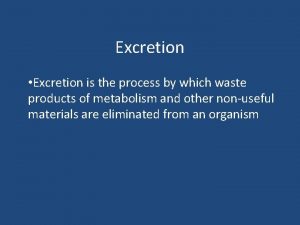Respiration and Excretion Respiration at the organism level


























- Slides: 26

Respiration and Excretion

Respiration at the organism level involves four steps: • Gas Exchange through the respiratory surface • Transport of gas through circulatory system • Internal exchange of gas at the body cells • Cellular Respiration: production of ATP

Respiratory Surface is the thin, moist membranes for the diffusion of gas

Terrestrial animals rely on internal systems for gas exchange Insects exchange through a system of Tracheal Tubes with spiracle openings Adaptations for Respiration video

Human Respiratory System: Trace the Path Human Respiratory System Video

Several organs direct gas between the atmosphere and air sacs Nasal cavity warms air and traps particles Larynx is the voice box Trachea is a ciliated tube that is open due to cartilaginous rings.

Gas Exchange occurs at the Alveolus Lungs and Circulation work together video

Breathing involves changing pressure in the lungs Breathing video

Regulation of Respiratory Rate Increase in carbon dioxide (HCO 3 -) signals the breathing center to increase rate of breathing.

Oxygen is carried in combination with hemoglobin Carbon dioxide is carried dissolved in plasma, combined with hemoglobin, but mostly as bicarbonate ion. HCO 3 Heme contains iron Each carries 4 oxygens 250, 000 in each RBC

Malfunctions of Respiratory System Bronchitis: inflammation of the membranes of the bronchial tubes caused by infection of irritant. Asthma: allergic response characterized by constriction of the bronchial tubes

Emphysema: Change in the structure of the lung characterized by enlargement and degeneration of the alveoli resulting in loss of elasticity and decreased lung capacity. What causes Emphysema?

Label the human respiratory system 1. What is true of all respiratory surfaces? 2. How is oxygen and carbon dioxide carried in the blood?

Excretion is the elimination of the wastes of metabolism What are the wastes? How do humans excrete those wastes? Intro to Excretory System video

Excretion is the elimination of wastes of metabolism Nitrogen wastes are derived from protein metabolism Ammonia is most toxic and produced by aquatic animals Urea is less toxic and produced by moist terrestrial animals Uric acid is least toxic and produced by water conservative animals

Earthworms eliminate moist waste including urea through Nephridia

Insects rely on Malpighian tubules to eliminate uric acid


Urinary system Nephron

Elimination of Nitrogenous waste model Filtration: Reabsorption: Secretion: Excretion:

Structure of the Kidney Nephrons are the functional units of the kidney. The Kidneys video

Structure of the Nephron Filtration Reabsorption and Secretion Excretion

Additional organs that aid in maintaining internal condition Skin: • Defense against disease • Sensory organ • Thermoregulatory • Storage organ • Removal of wastes Skin video

Liver: multipurpose organ that regulates blood content, storage and processing of body chemistry Filters the blood Detoxifies poisons Deaminates amino acids Produces urea from ammonia Liver video

Malfunctions of Excretory Systems Kidney diseases: malfunctioning of the kidney or nephrons, loss of filtration Gout: inflammation of the joints associated with a buildup of uric acid, arthritic-like painful attacks.

Label the structures of the Urinary System What happens here?
 Chapter 37 respiration circulation and excretion
Chapter 37 respiration circulation and excretion Respiration and excretion
Respiration and excretion Food webs and energy pyramids worksheet answers
Food webs and energy pyramids worksheet answers What is the function of glomerulus class 10
What is the function of glomerulus class 10 5 steps of digestion
5 steps of digestion Digestion and excretion lesson 3
Digestion and excretion lesson 3 External vs internal respiration
External vs internal respiration Internal external respiration
Internal external respiration What is excretion
What is excretion Renal excretion ratio
Renal excretion ratio Water soluble vitamins
Water soluble vitamins What is excretion
What is excretion What is excretion
What is excretion Osmoregulation
Osmoregulation Rifle kriterleri
Rifle kriterleri Process of excretion
Process of excretion Nicotine excretion
Nicotine excretion What is excretion
What is excretion Vitamin e excretion
Vitamin e excretion Metabolic waste
Metabolic waste Seeds travel
Seeds travel Porifera character
Porifera character Insect excretion
Insect excretion Plant hormone
Plant hormone Hagfish excretory system
Hagfish excretory system Excretion
Excretion Excretion
Excretion
